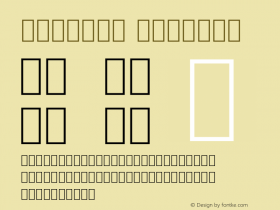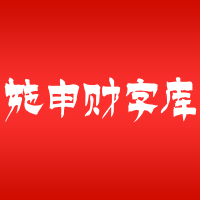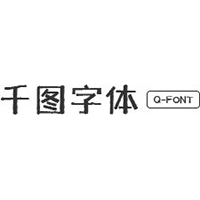Managing XUID Arrays—Redux
To follow up on my June 2011 article about managing XUID arrays in CIDFont resources, which still conveys accurate information, it has come to our attention that the integer values for the second and subsequent XUID array elements should not exceed seven digits, meaning that 9999999 is the largest integer value that should be used. Integer values that exceed seven digits can result in some implementations treating the XUID arrays of different fonts within the same printing job the same, which affectsfont caching, and which can result in the wrong font being used to render some characters. This printing issue may happen even if the glyphs display correctly in the PDF file on screen.
Another solution is to simply omit the XUID array from the CIDFont resource header, which effectively disables font caching. For modern printers, font caching has little or no benefit.
Lastly, for those font developers who still include a UIDBase value in their CIDFont resource headers, it can be safely removed.In fact, I strongly recommend that it be removed.
-
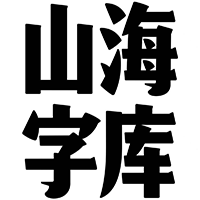 ShanhaiFonts
ShanhaiFonts
Brand:山海字库
Area:China

-
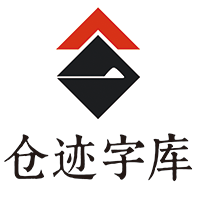 Cangji Fonts
Cangji Fonts
Brand: 仓迹字库
Area: China

-
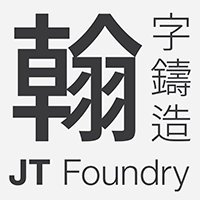 JT Foundry
JT Foundry
Brand: 翰字铸造
Area: Taiwan, China

-
 Handmadefont
Handmadefont
Brand:
Area: Estonia

-
·千图字体
-
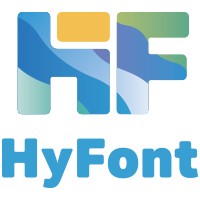 HyFont Studio
HyFont Studio
Brand: 新美字库
Area: China

- ·10 Top Romantic Fonts on Valentine's Day!
- ·Top 100 Fonts.com Web Fonts for May 2016
- ·"Jesus Music" ad for Myrrh Records
- ·Cher Got Sued For Font!
- ·"Fantastic!" ad for Captain Fantastic & the Brown Dirt Cowboy by Elton John & Bernie Taupin
- ·Jim Nutt: Coming Into Character at Museum of Contemporary Art Chicago
- ·Benetton identity redesign
- ·Bevésett nevek (Carved Names), vol. 2
- ·Brother Moto Flat-Trackin' Tee
- ·Iconic Transport for London logo undergoes subtle redesign




